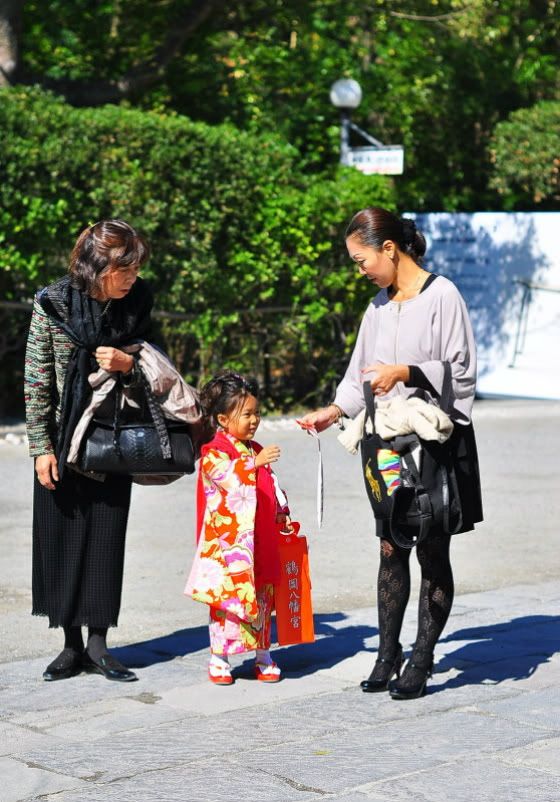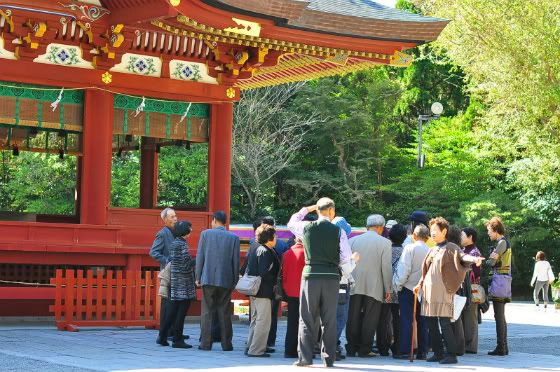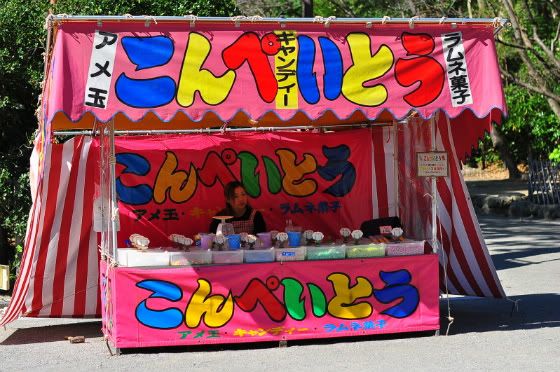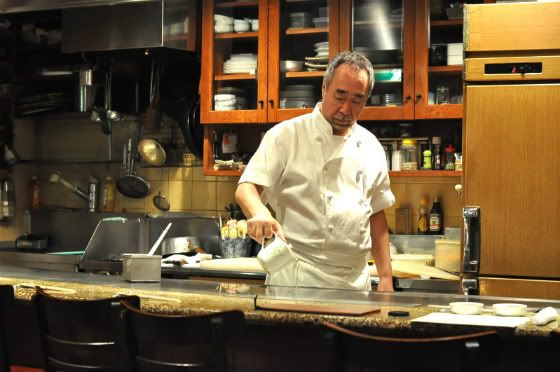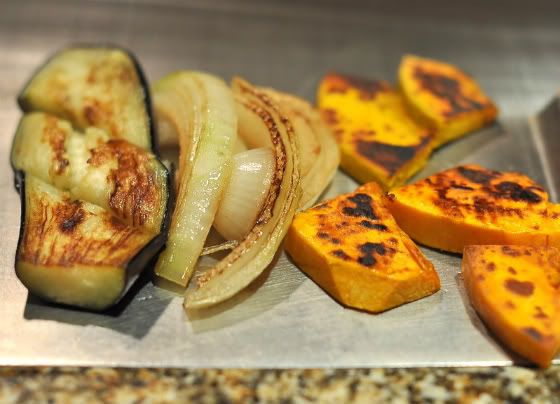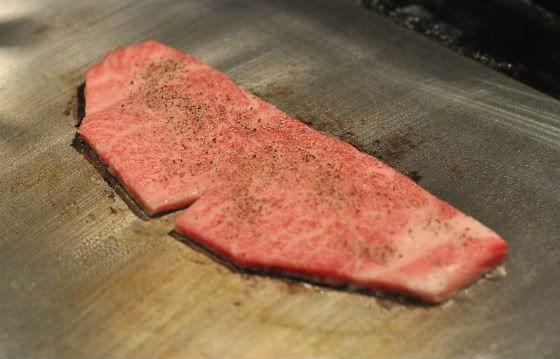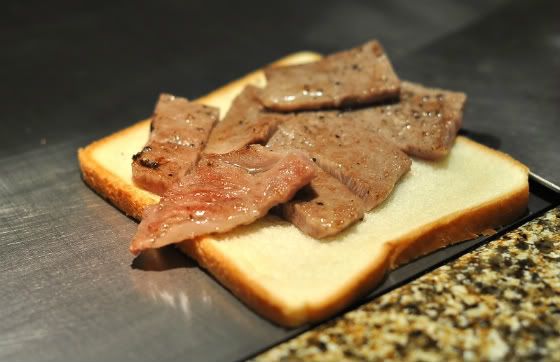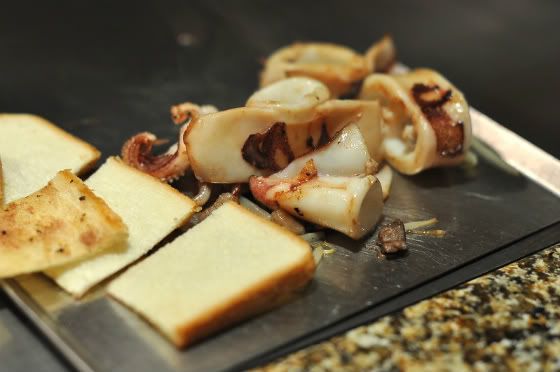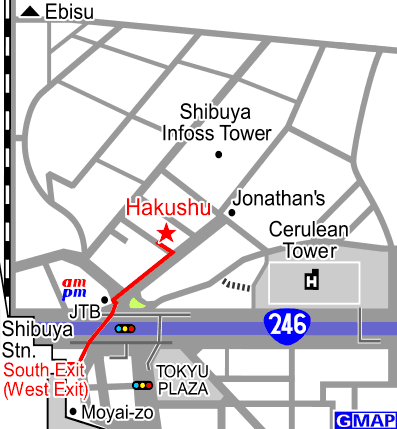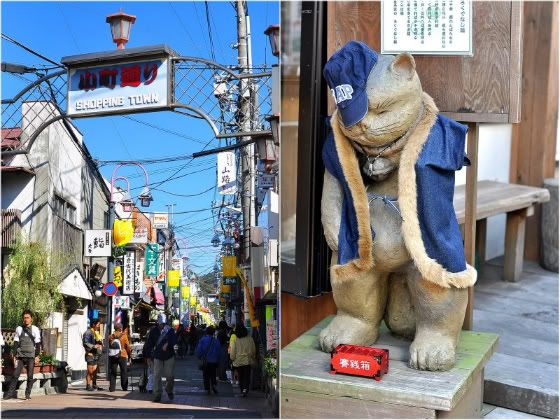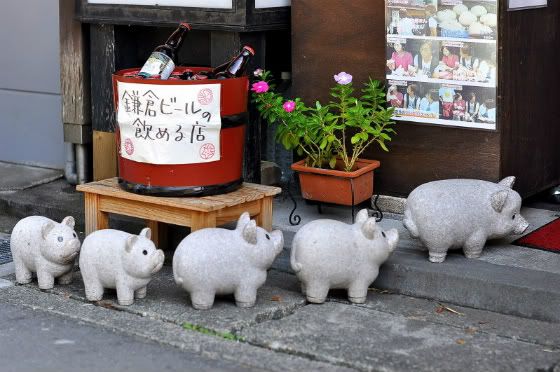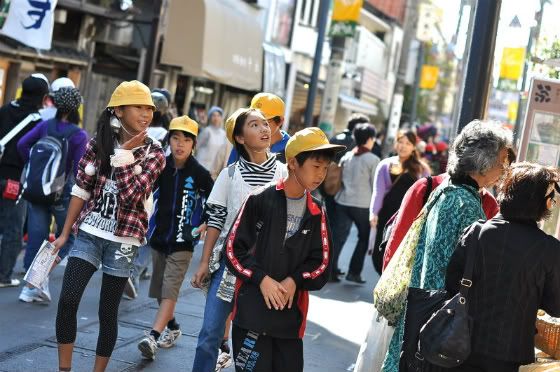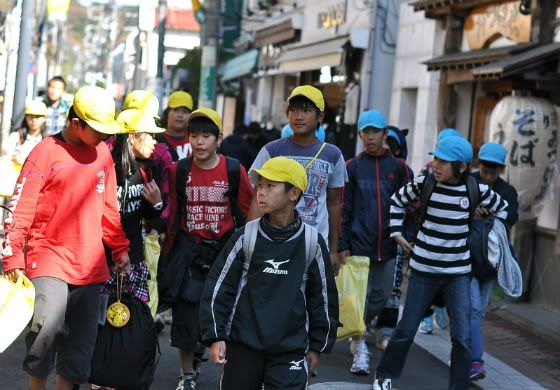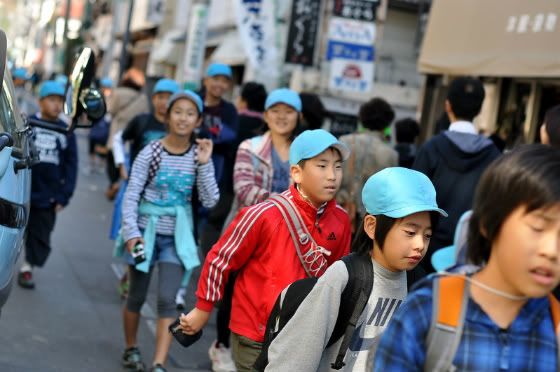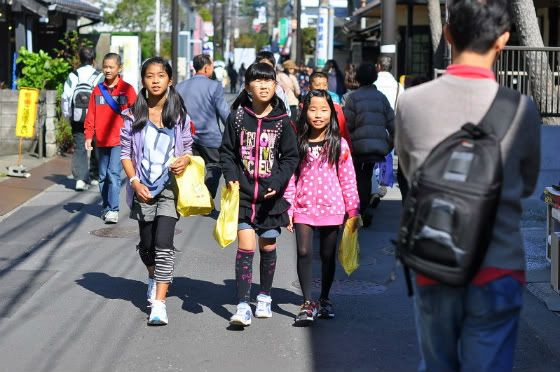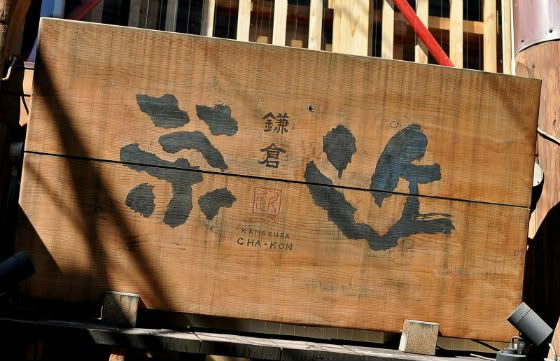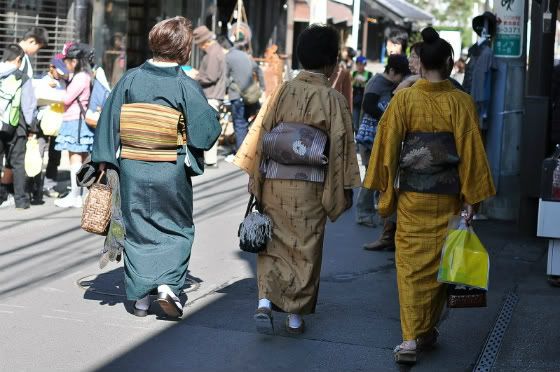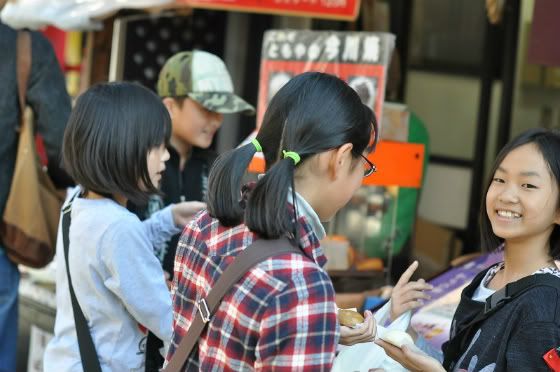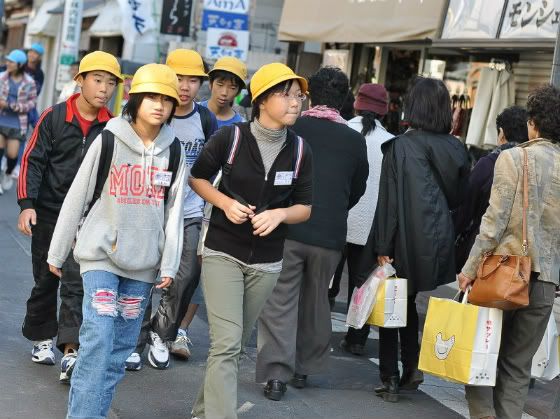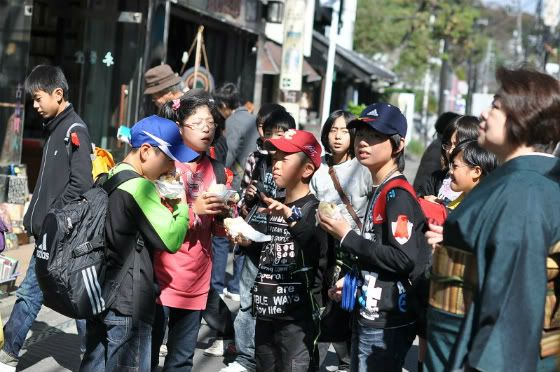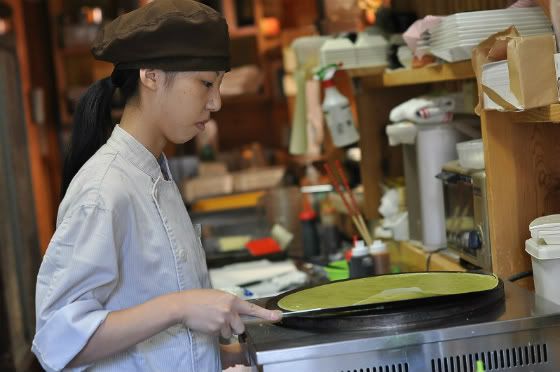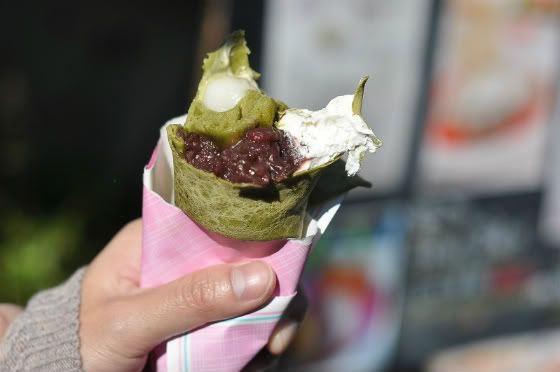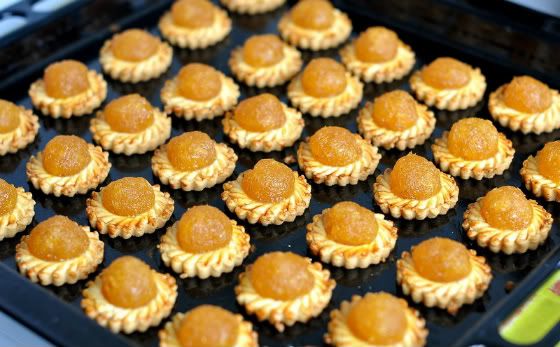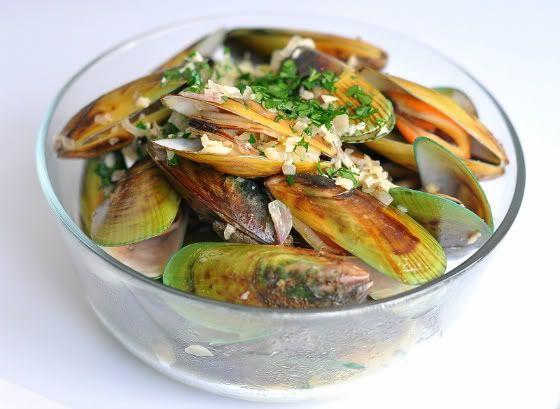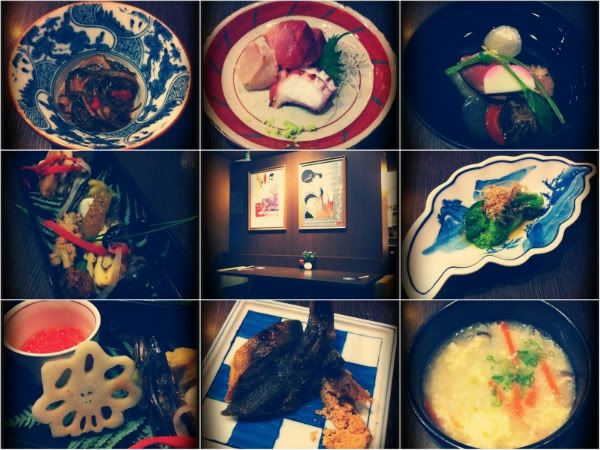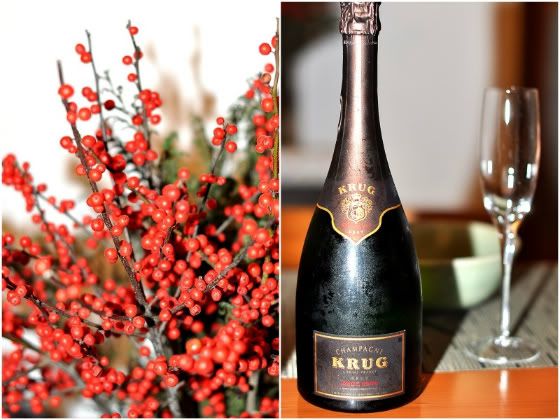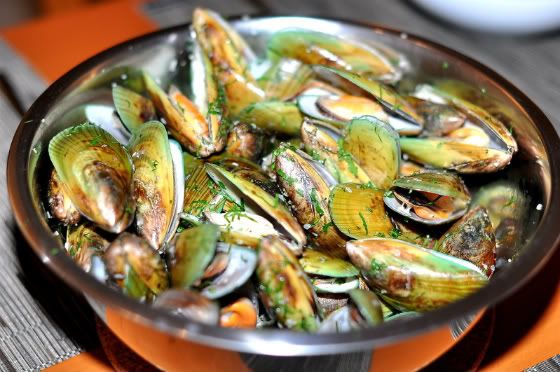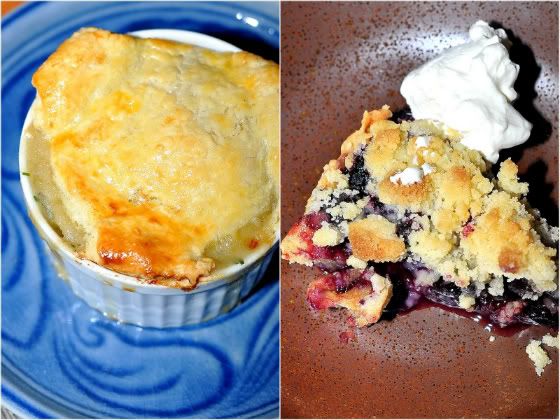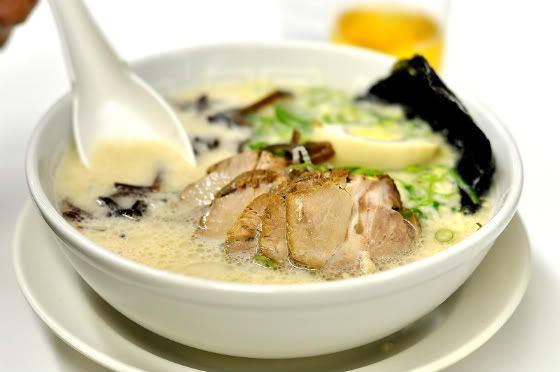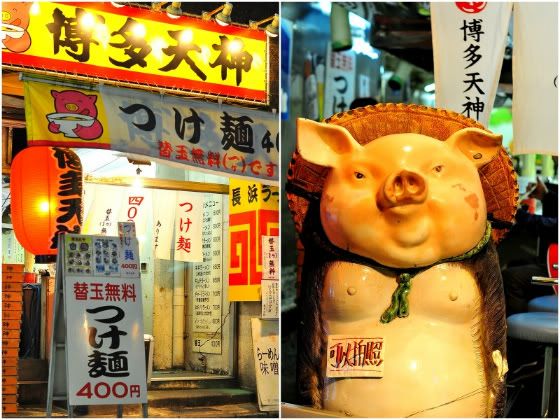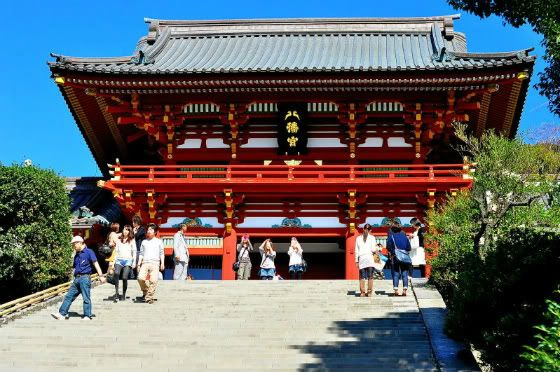
^ Founded in 1061, this is one of the oldest Shinto shrines in Japan. The temple grounds are big and beautiful. You have to pass through three Torii gates and climb 62 steps before you arrive at the main hall of the shrine. I skipped climbing the 62 steps this time.
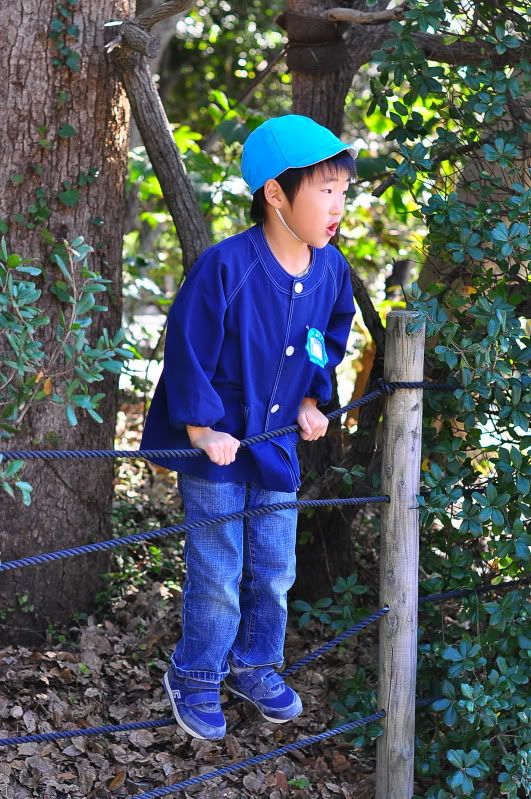
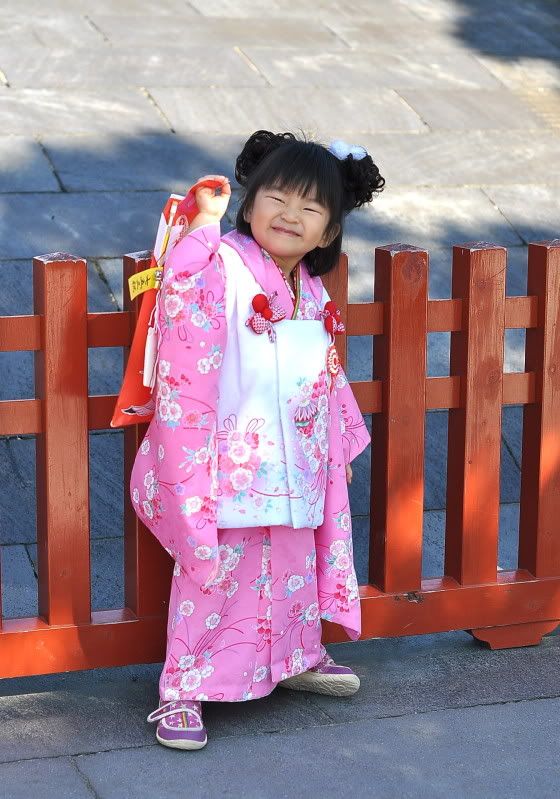
^ Took a photo of this little girl at the Taikobashi Bridge, a stone bridge that arches over two ponds, which leads to the main shrine.
On the day that we visited, it looked like there was a festival going on, because we saw young children dressed in beautiful kimonos accompanied by their parents at the shrine. It might have been the shichi-go-san Festival (seven-five-three Festival) where 3-year-old boys and girls, 5-year-old boys, and 7-year-old girls visit the shrine to pray for good health and good luck.
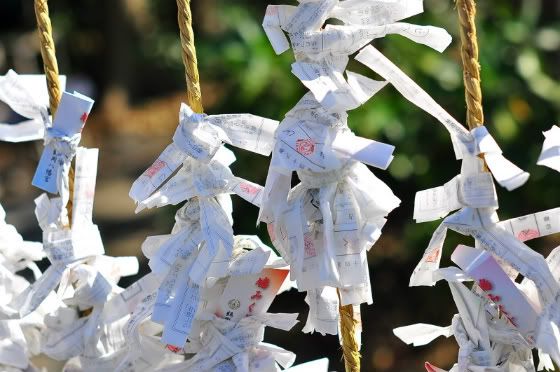
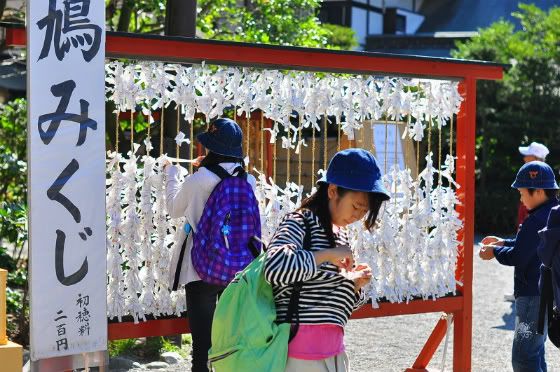
^ Omikuji (おみくじ). You see these kids tying strips of white paper with printed characters to the stand? These are ‘paper fortunes’ drawn from an omikuji vending machine. Yeah, the famous Japanese vending machines sell you delicious hot/cold canned drinks and coffee, and can also tell your fortunes…! Cool, right? If she had drawn a bad fortune lot, she must tie the paper at the stand “to leave the bad luck at the shrine”. If it was a good fortune lot, she would bring the strip of paper home.
Another thing that I must do when I next visit Japan! The only problem I can foresee is whether I can understand what has been written on the piece of paper. This is important because I don’t want to make a big boo-boo by leaving good fortune behind and bringing bad fortune home…!
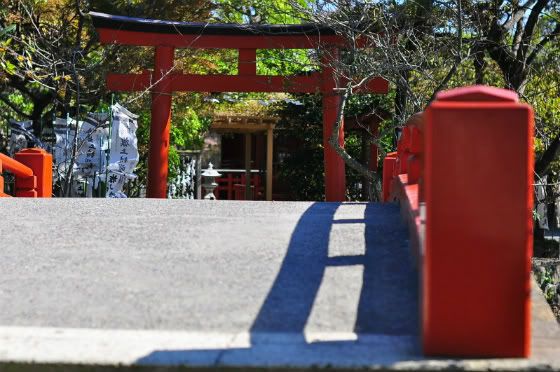
^ The stone bridge leading to another shrine sitting on an island in the pond.

^ I think this is the Heike Pond in the grounds of the shrine. The lotus plants growing in this pond produce red flowers while the ones in the other side of the pond have white blooms.
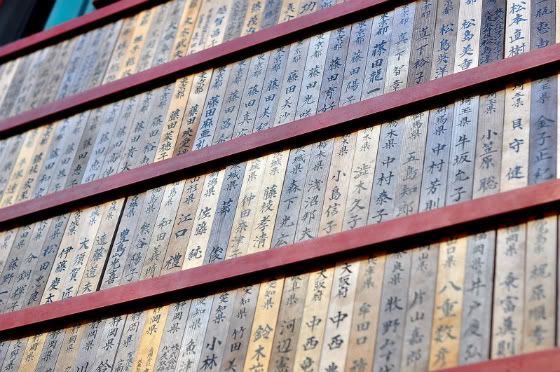

^ Ema (絵馬). You see hundreds of these wooden plaques hung on a stand in most Japanese shrines. Worshippers buy a plaque at the temple, write their wishes on it and then hang it on the stand, known as an ema stand.
I have always wanted to write a wish on one of these plaques, and I shall do it the next time I visit a Japanese shrine. Hopefully, I can string together a wish in Japanese by that time.
